Investigations, Inquiries and a Few Good Jokes
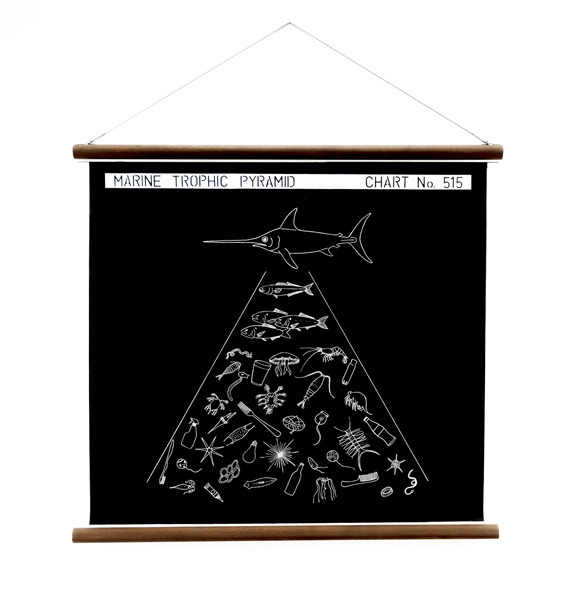
Investigations, Inquiries and a Few Good Jokes
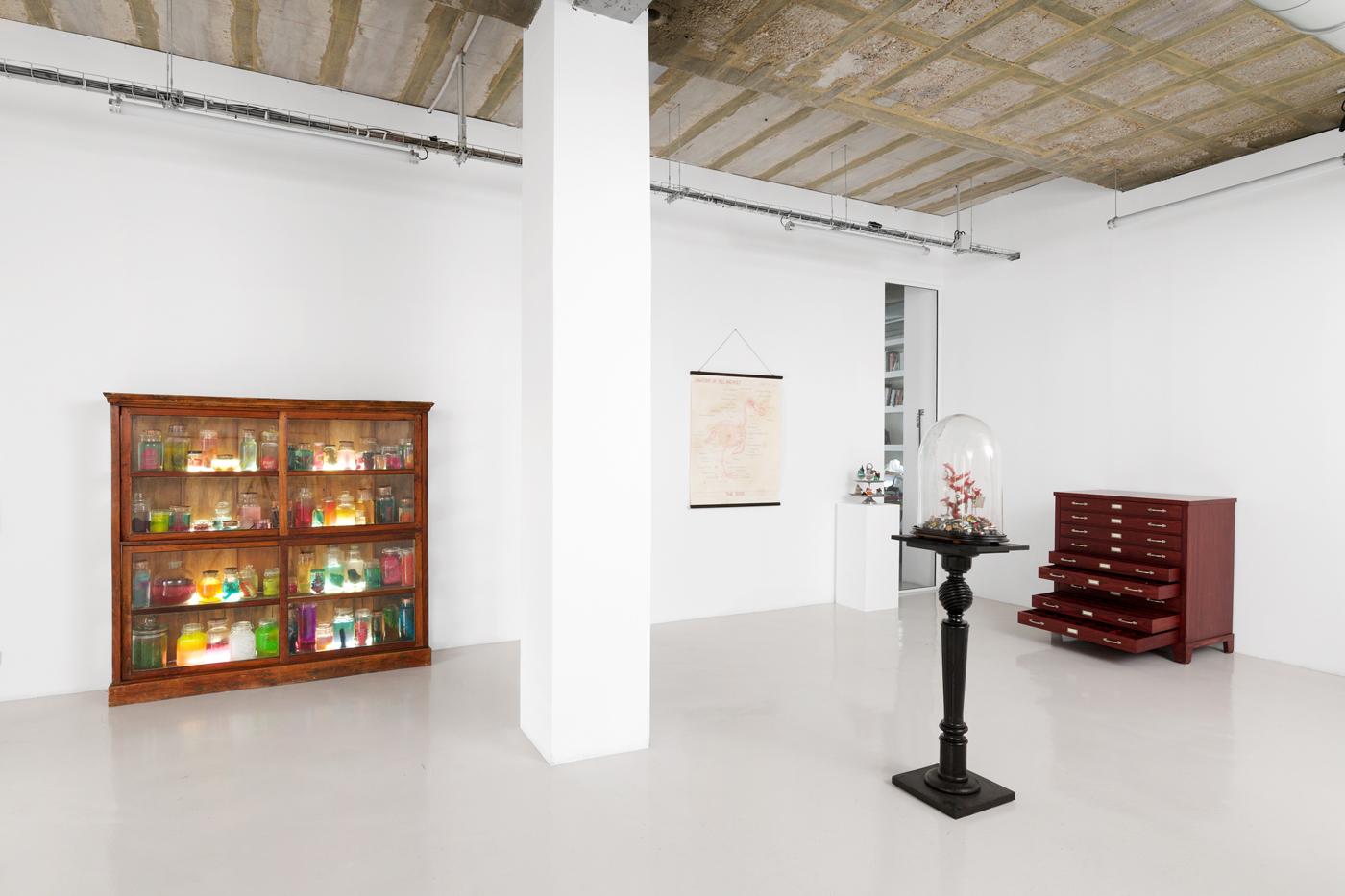
Investigations, Inquiries and a Few Good Jokes
Exhibition view
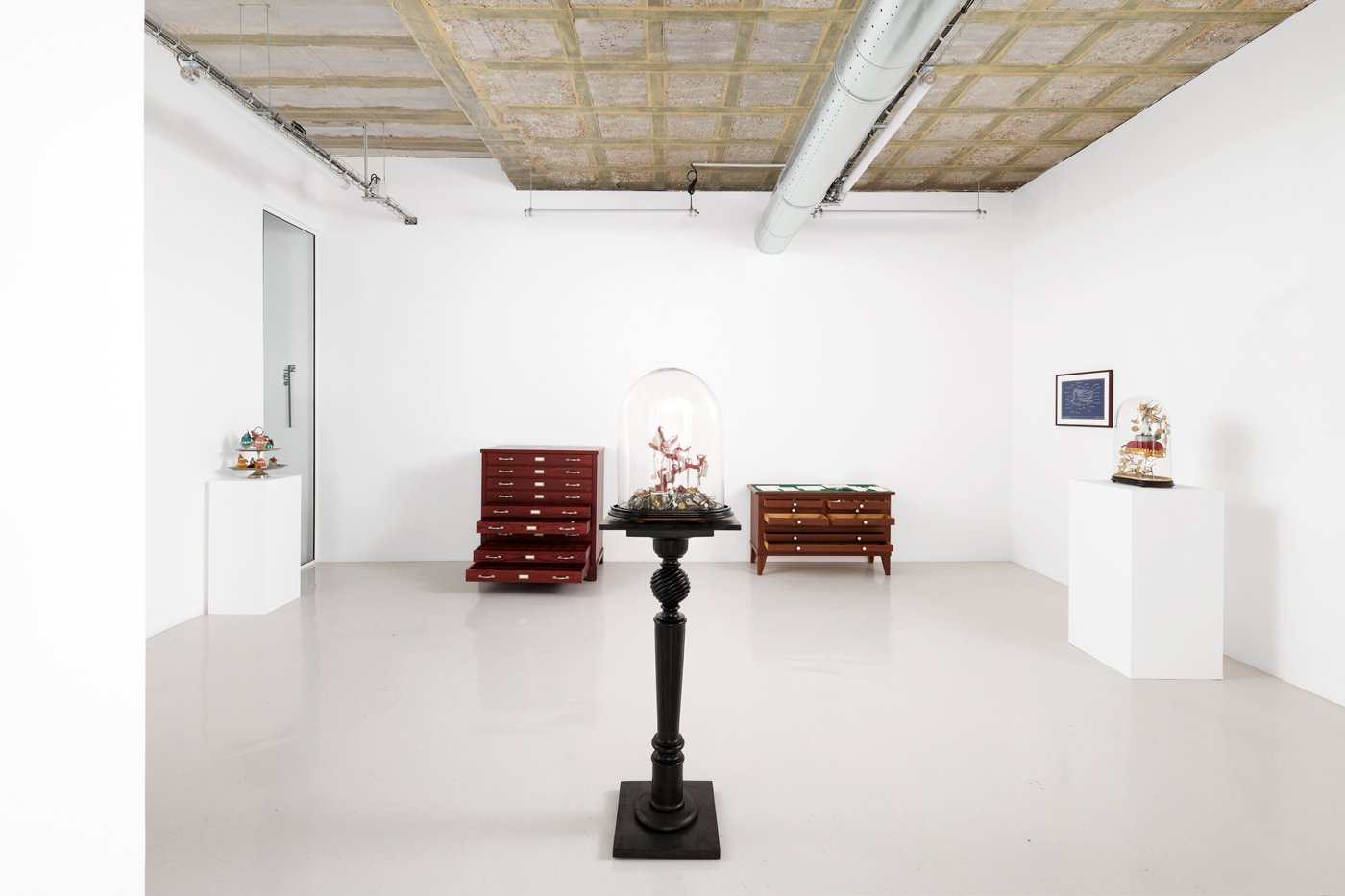
Investigations, Inquiries and a Few Good Jokes
Exhibition view
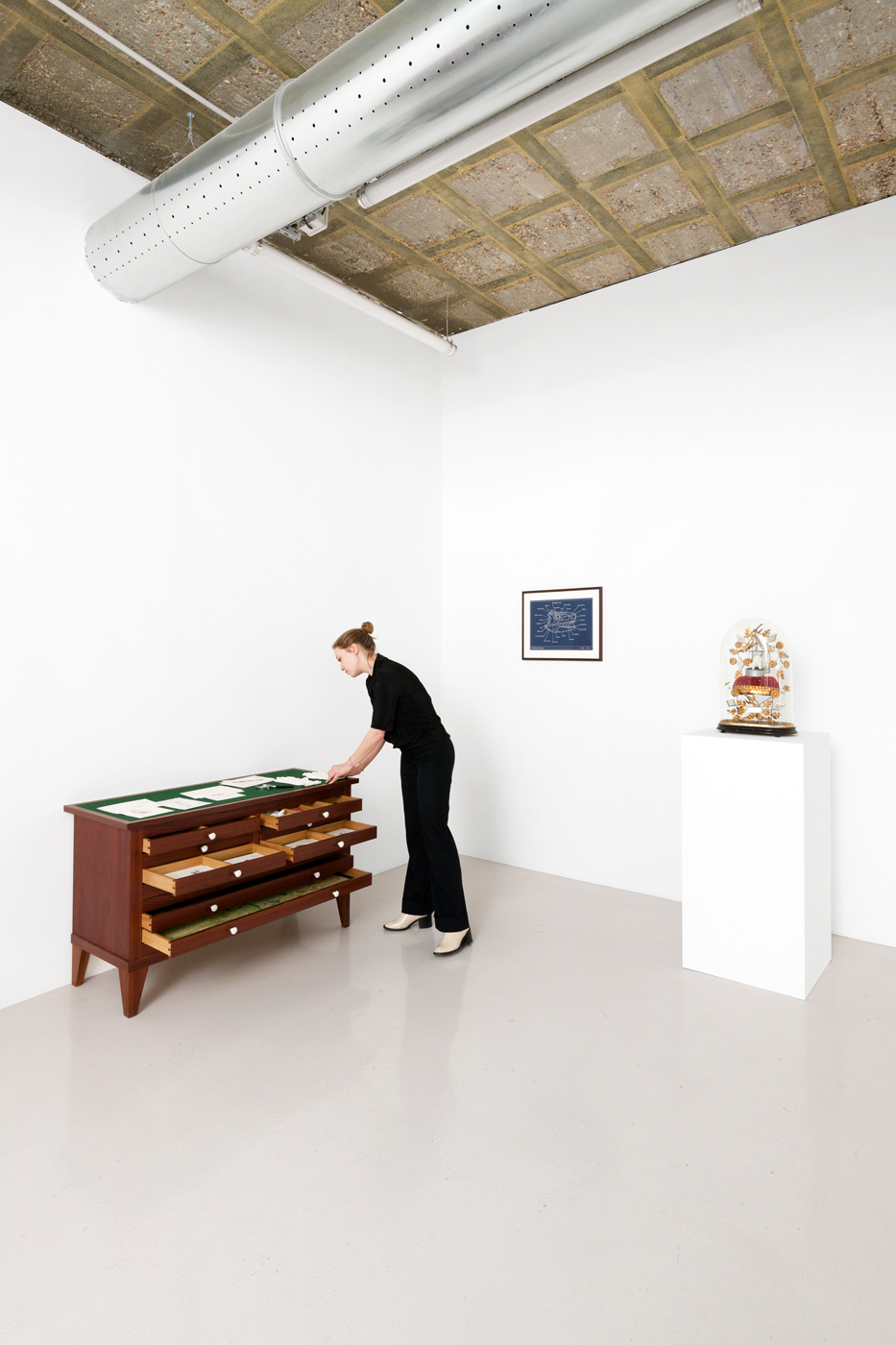
Investigations, Inquiries and a Few Good Jokes
Exhibition view
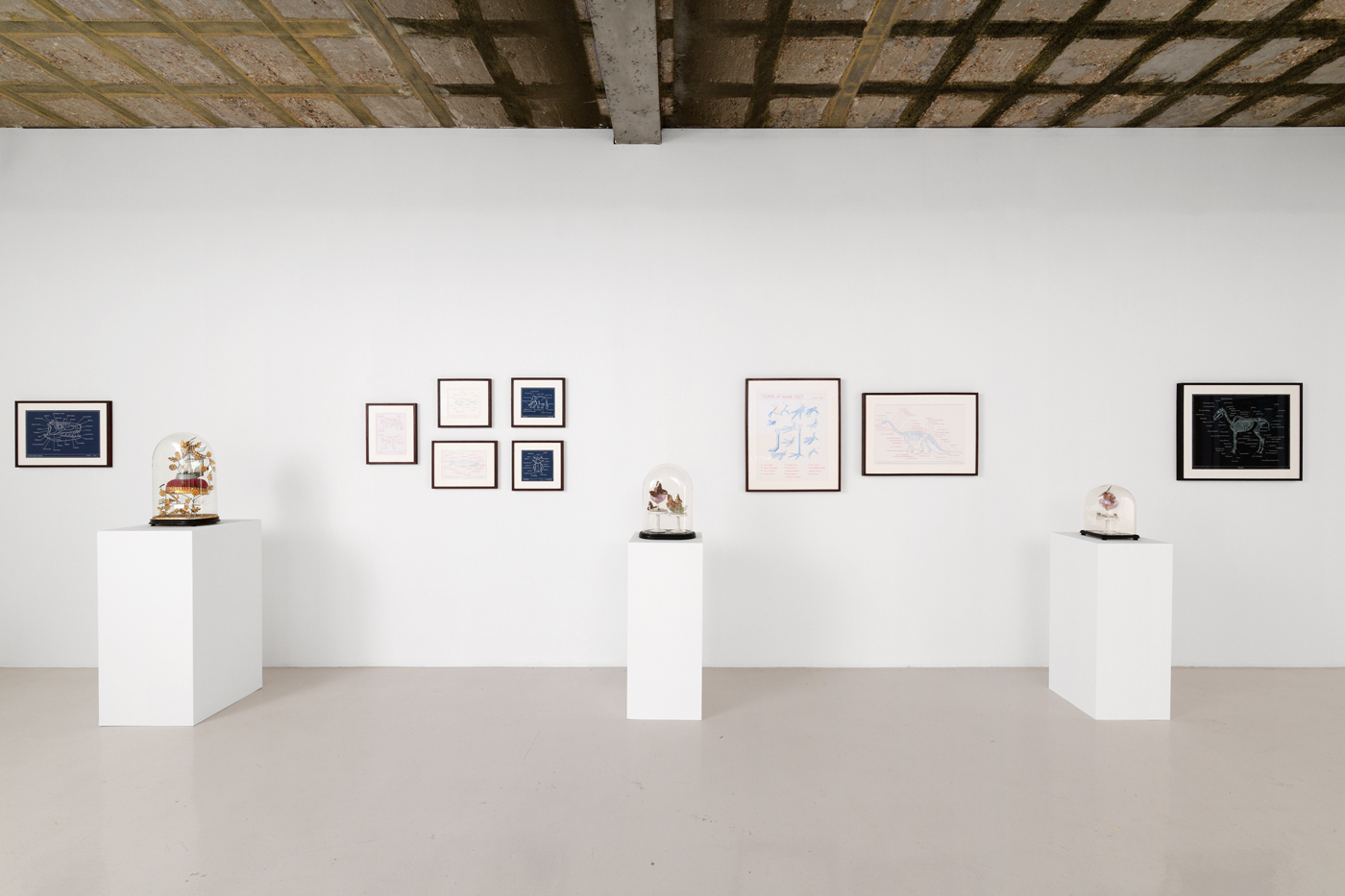
Investigations, Inquiries and a Few Good Jokes
Exhibition view
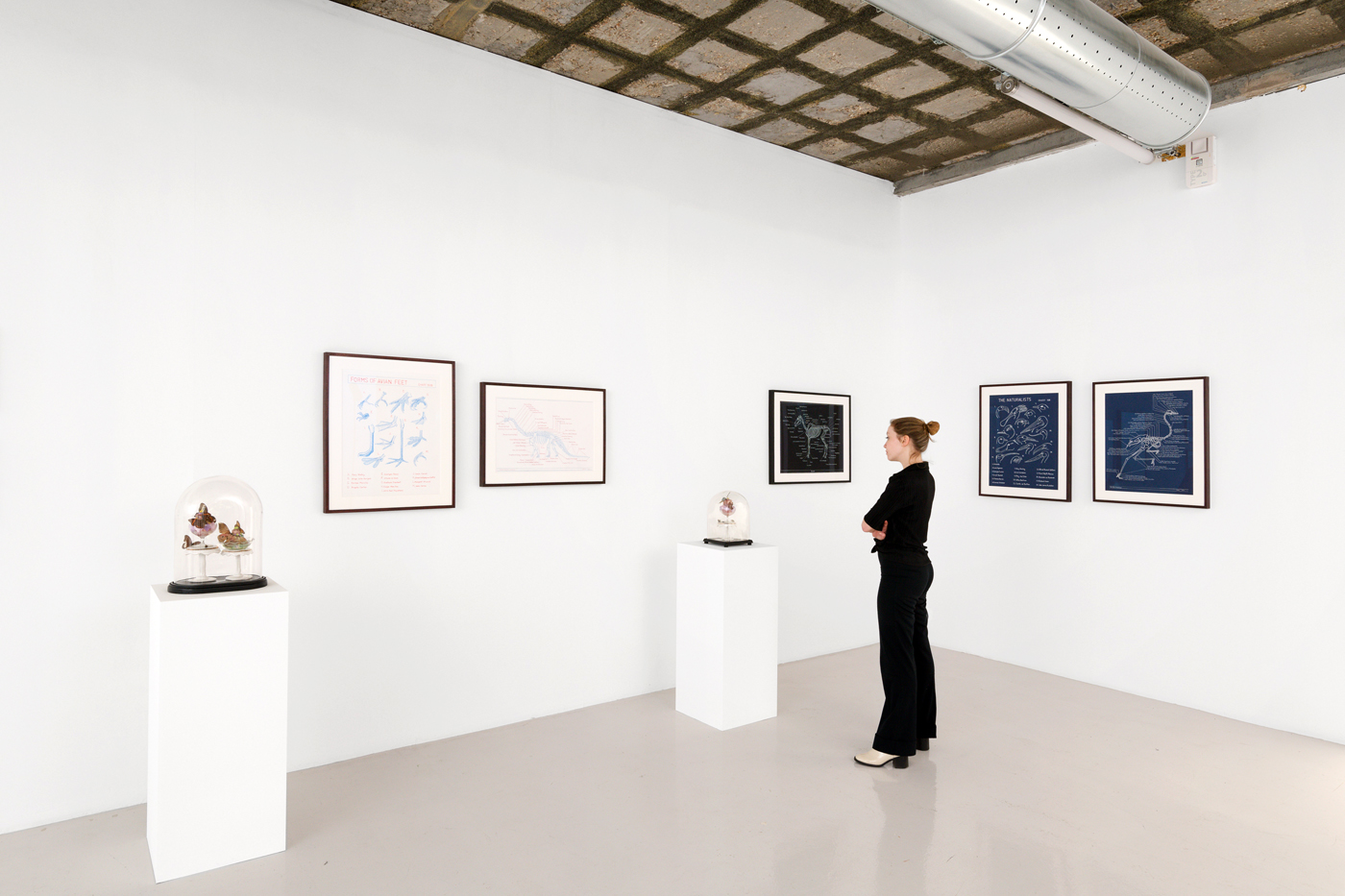
Investigations, Inquiries and a Few Good Jokes
Exhibition view
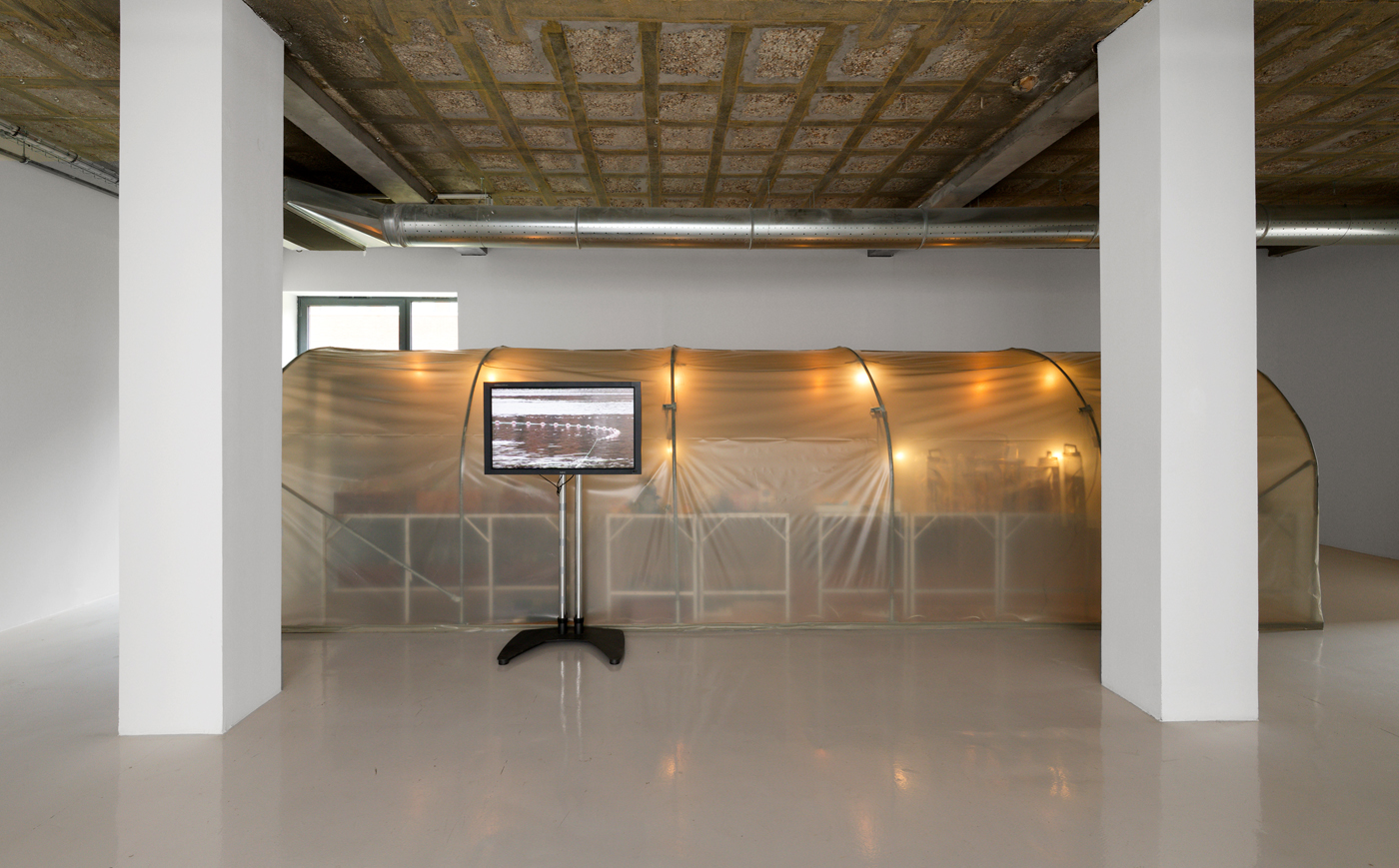
Investigations, Inquiries and a Few Good Jokes
Exhibition view
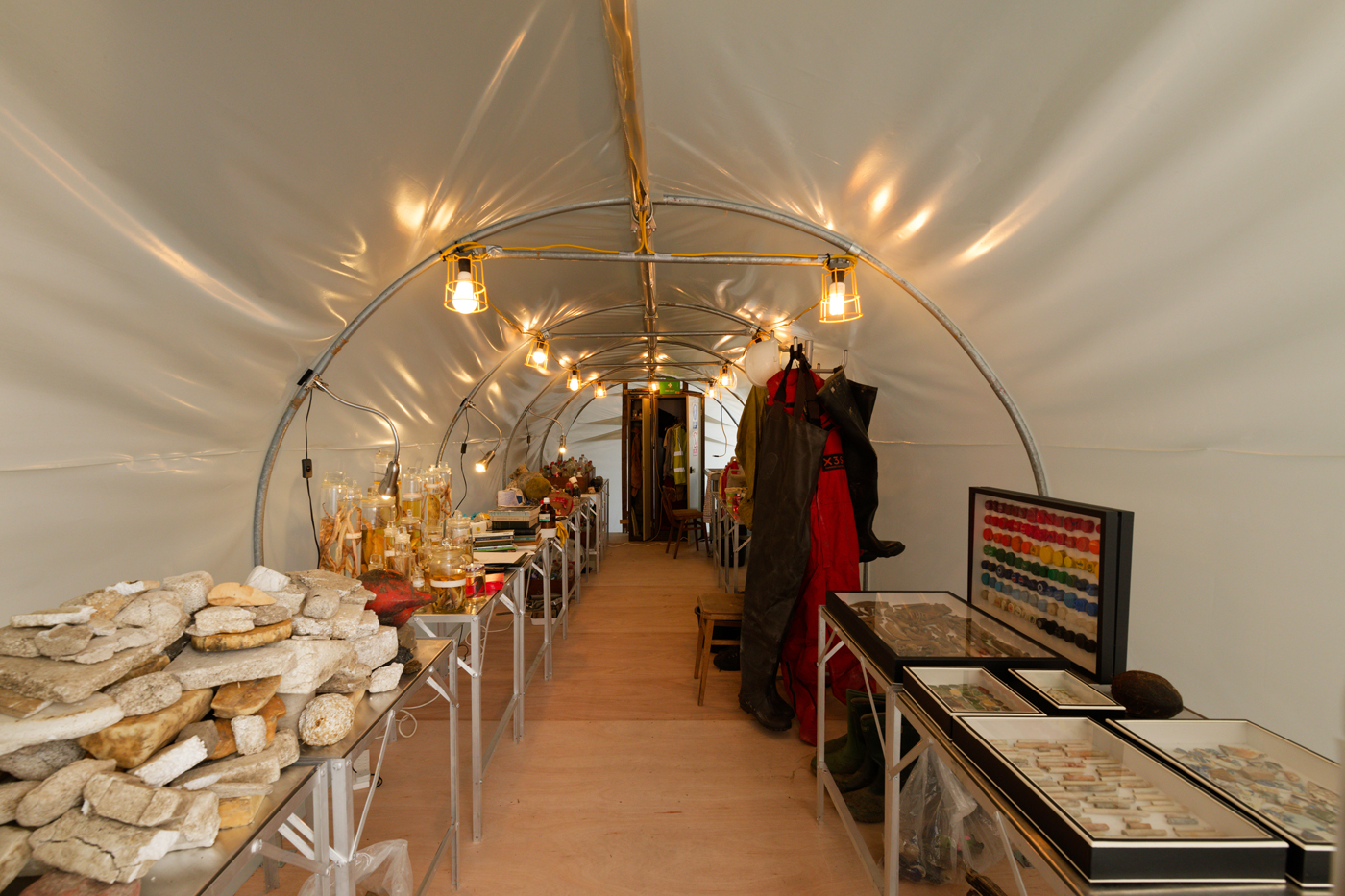
Investigations, Inquiries and a Few Good Jokes
Exhibition view
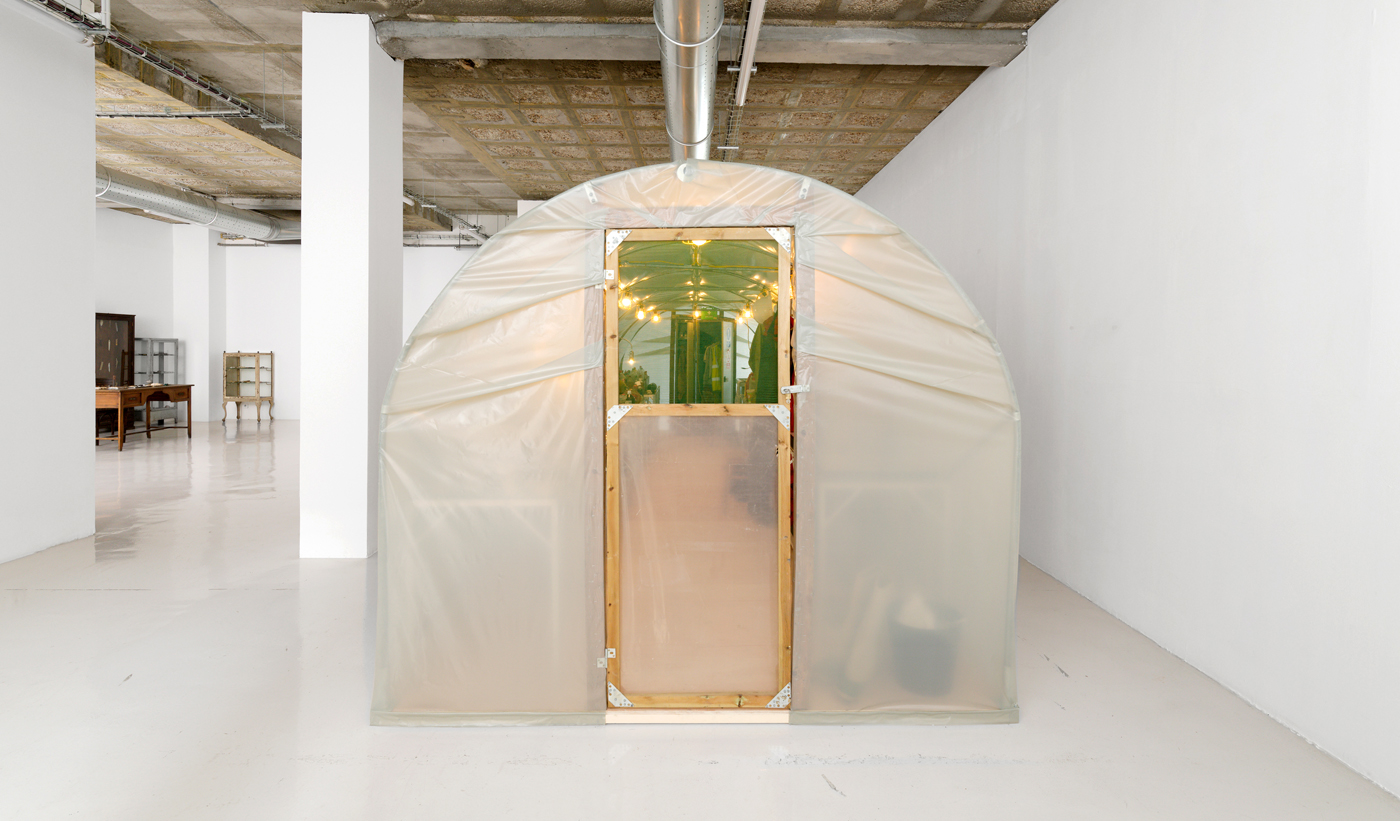
Investigations, Inquiries and a Few Good Jokes
Exhibition view
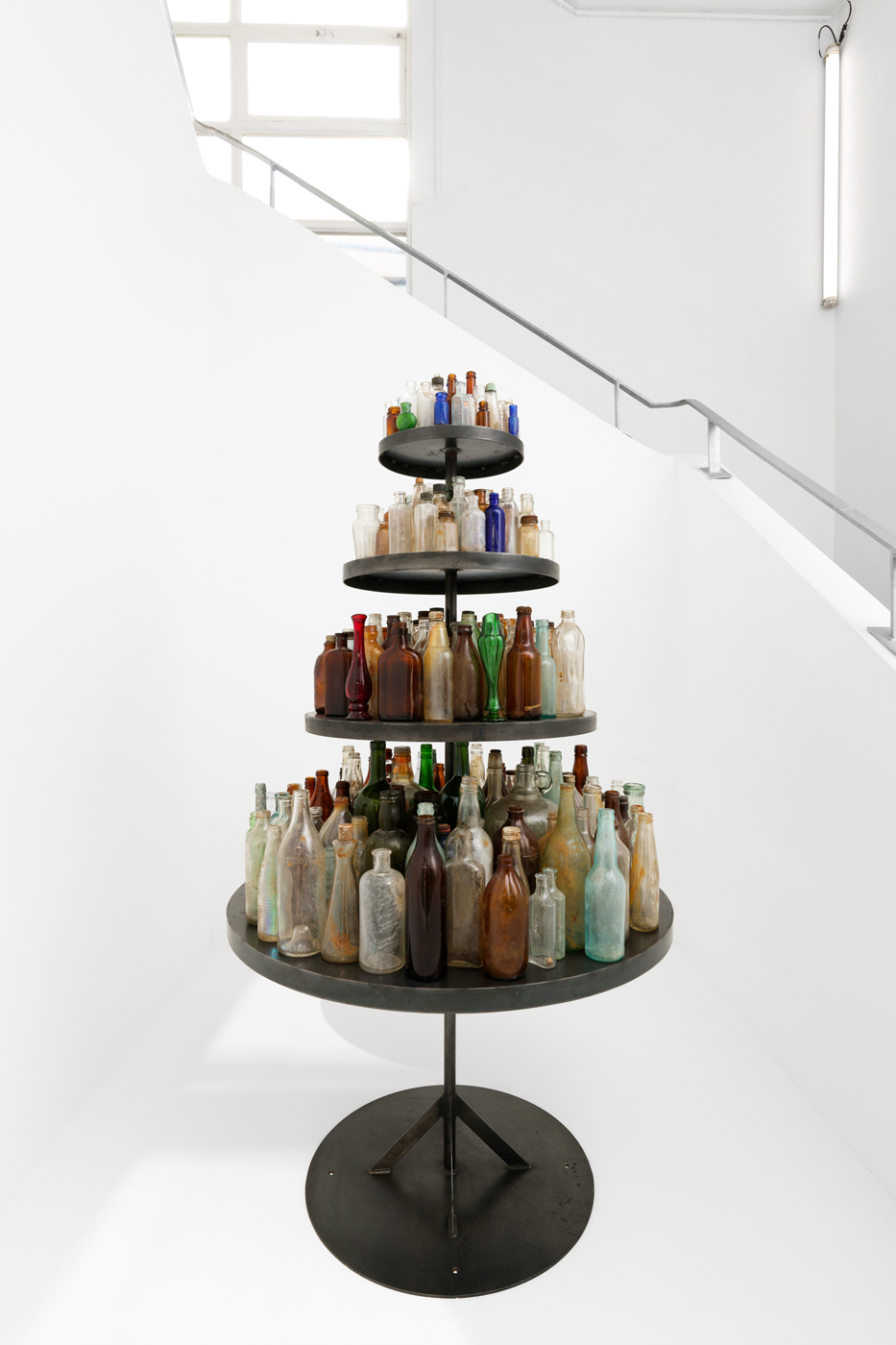
Investigations, Inquiries and a Few Good Jokes
Exhibition view
OPENING SUNDAY MARCH 3, FROM 2PM TO 6PM
"I had reduced all those objects in Moritz's box-file room to their natural functions, reduced cabinets, chairs, table, desk to their actual functions, and not allowed them to hit me over the head or terrify me. To think of what I had seen in that box-fileroom, in that, to me, invariably notorious box-file room, whenever I used to look around me I had invariably looked at the worst horror and atrociousness. I had always seen the whole shamelessness and appallingness of the world in that box-file room whenever I had looked around. But now I succeeded in seeing the whole box-file room as it was, as a pleasant, a very pleasant, friendly room exactly suited to Moritz's office work."
Yes, Thomas Bernhard, 1978
Mark Dion's new exhibition at Galerie In Situ - Fabienne Leclerc, 27 years after their initial collaboration, spans several years of production by the American artist, from the early 2000s to the present day, subtly conveying the depth and complexity of his practice. The scope of the project allows the artist, as so often, to play with our perception and understanding, mixing registers and temporalities within installations that cross the regimes of the scientific and the artistic, the absurd and the vernacular.
The exhibition re-enacts on its own scale what Mark Dion often develops within the works themselves. It undertakes to reference, display and organize these pieces, which, as entities of their own, illustrate a broad and rigorous yet often mischievous exploration of scientific, anthropological and archaeological classification methods commonly used to document the relationship between humans and their environment. Notions of durability, value, ecology, culture and politics run through Mark Dion?s work, which questions the structures (visible and invisible) of our times through a variety of means and forms of marginality. Counter-intuitively, as the pieces swarm and overflow with detail - from subtle embodiments, such as a transient canary, to waste - the invisible and the inanimate appear as essential principles of his work. The presence of what needs to be dug up, torn out or discovered, of what gets carried away, buried or degraded, is mobilized throughout the projects in a way that puts into perspective the very principle of finitude, the flesh of curiosity and indifference alike.
What some installations have in common, then, is that they are essentially made up of scraps gleaned from experimental research. Field Work IV (2007), commissioned by the British Museum of Natural History as a tribute to Carl von Linne?, the Swedish botanist who originated the concept of biodiversity and initiated the classification of living things in the 18th century, is the result of a thorough work done on the intake filter of the Thames Power Station. The artist, together with Ichthyologists from the Natural History Museum and volunteers from the Thames clean up community, took up the mission to clean the filters, collect and sample all things that had got caught in it. In the final piece, dozens of elements as diverse as rare fish specimens and bottle shards are organized, as if awaiting classification. This seemingly haphazard arrangement calls into question the authority and validity of scientifically accepted selection and classification criteria, reminding us that the development of knowledge also reflects a society?s self-awareness. Reflecting on
the whole process, the work can also be perceived as a meditation on the inherent violence and crudeness borne in the action of collecting. A similar procedure defines New England Digs (2010), made up of bottles found on «insignificant and disturbed» sites in the United States. Presented in an almost precious way, these remnants invite us to reconsider our standards of value. Sea Life (2011) takes these questions to a new, humorous level. The oddities that are presented to us in their jars as marine specimens, are in fact toys for dogs, children and adults. Here, Dion directly addresses the principles of perception, misappropriation and imagination that touch on the world of science and its forms of popularization.
These pieces also conjure up spaces symbolically linked to a function or aesthetic - that of an archaeological site, an antique shop or a museum, for example. The exotic wooden furniture in The Drawing Cabinet (2011) and An Archeology of Lost Objects (2013) can also evoke the hushed atmosphere of a library or secretary. Just as the works on paper embrace a poetic dimension through a play of associations and absurdity, so these objects have a literary quality. They unconsciously link the material world to a form of existentialism - similar perhaps to the way the narrator of Thomas Bernhard?s Yes, on the brink of an inner abyss, looks at the objects in an office whose walls are covered with hermetically sealed filing cabinets - and open up the relativity of the intrinsic value of things. Mark Dion?s works are thus as much witnesses to the immensity that bathes us as to the derisory that arises from it.
These questions are echoed on another level in the diagrams and anatomical plates, which humorously and off-beatly associate abstract concepts (which is ultimately what the name of a writer or artistic movement becomes over time) with animal figures. Mark Dion constantly raises questions regarding the necessity and validity of any attempt to understand a world which, in the spiral of capitalism and human folly, seems tragically doomed to destruction. Indeed, some of the more recent pieces address this reality head-on, notably through the colorful but tragically inert figures of a bird and a few butterflies, the few tangible traces of the living kingdom in the exhibition. The Canary (2023) is a symbolic reference to the canaries taken into the mines by the workers as an early warning of toxic gases. When the canary stopped singing, struck dead, the miners knew it was time for them to resurface. The piece confronts us collectively with our situation in the face of climate change, and humanity?s blind headlong rush forward, despite the obvious signs of ecological catastrophe in the making. The colorful resin pastries of the Confectionary Marvels series (2024, made in collaboration with Dana Sherwood) bear the same gloomy image. Attractive and luminous, they appear fatal to the candid insects that have stuck to them.
In line with current and essential philosophical trends that highlight human responsibility for its own destruction and that of their environment, Investigations, Inquiries and a Few Good Jokes could be likened to a requiem, albeit with a few major chords. Playing in turn, visually and conceptually, with effects of dissonance and harmony, the exhibition addresses the obvious forms of interconnection of living and non-living elements in space and time, their mutual influence, and the inordinate undertaking, as essential as it is ridiculous, of rationalizing life.
Taddeo Reinhardt